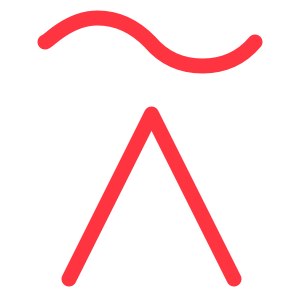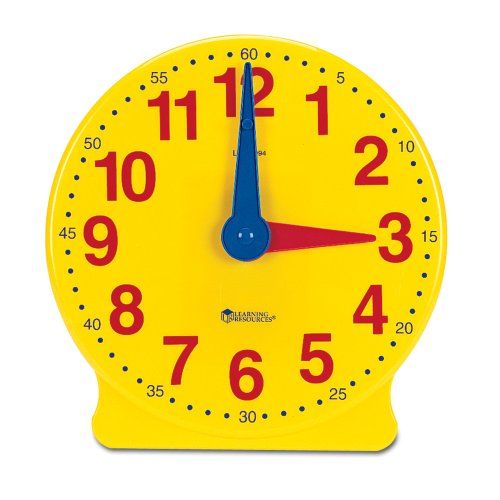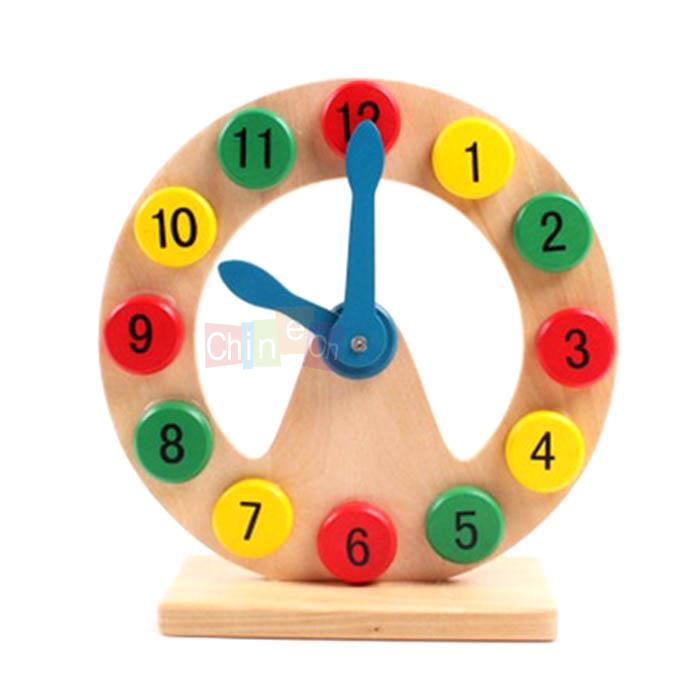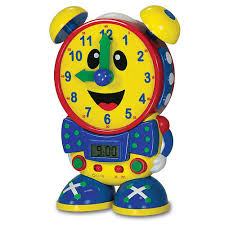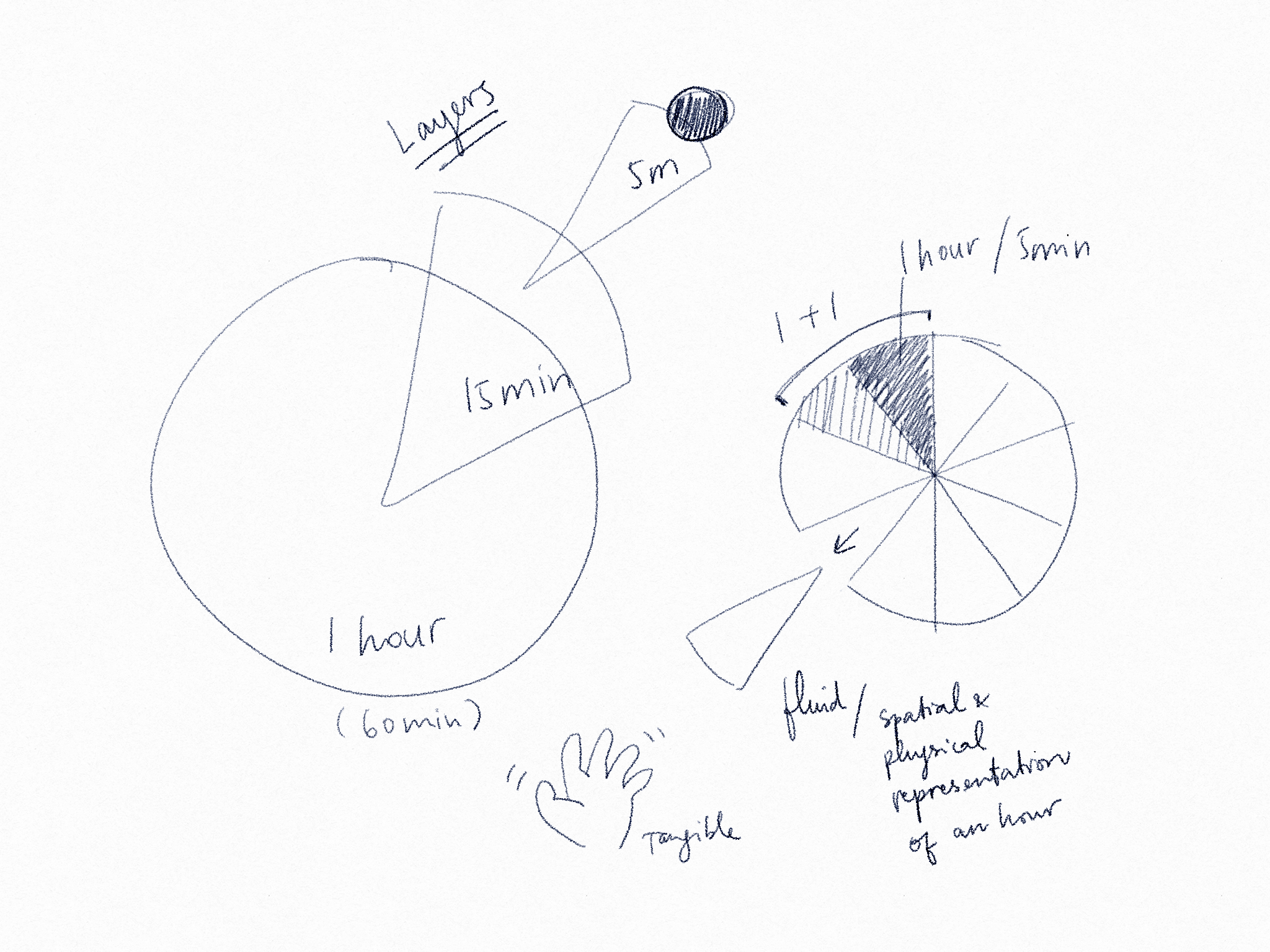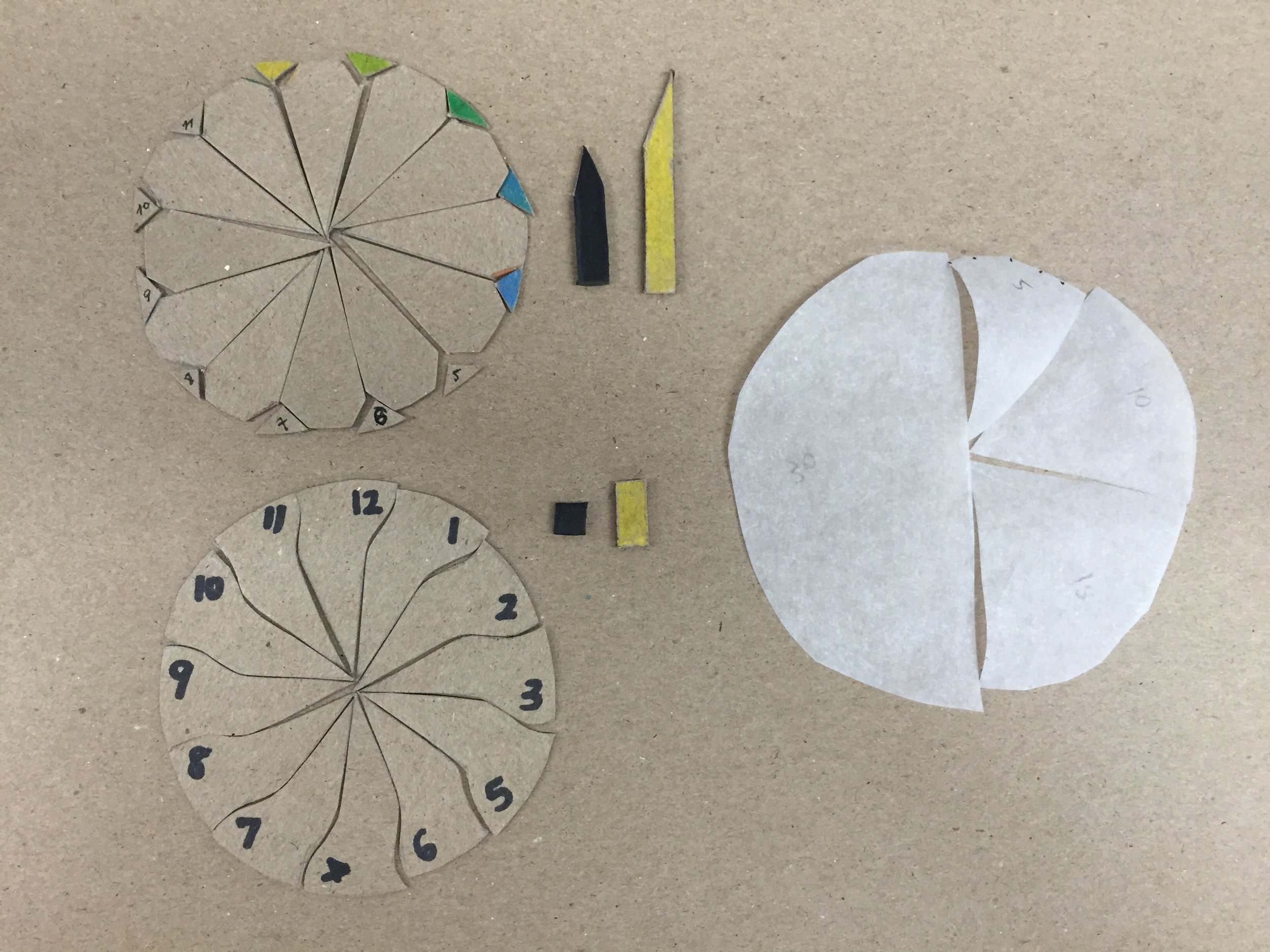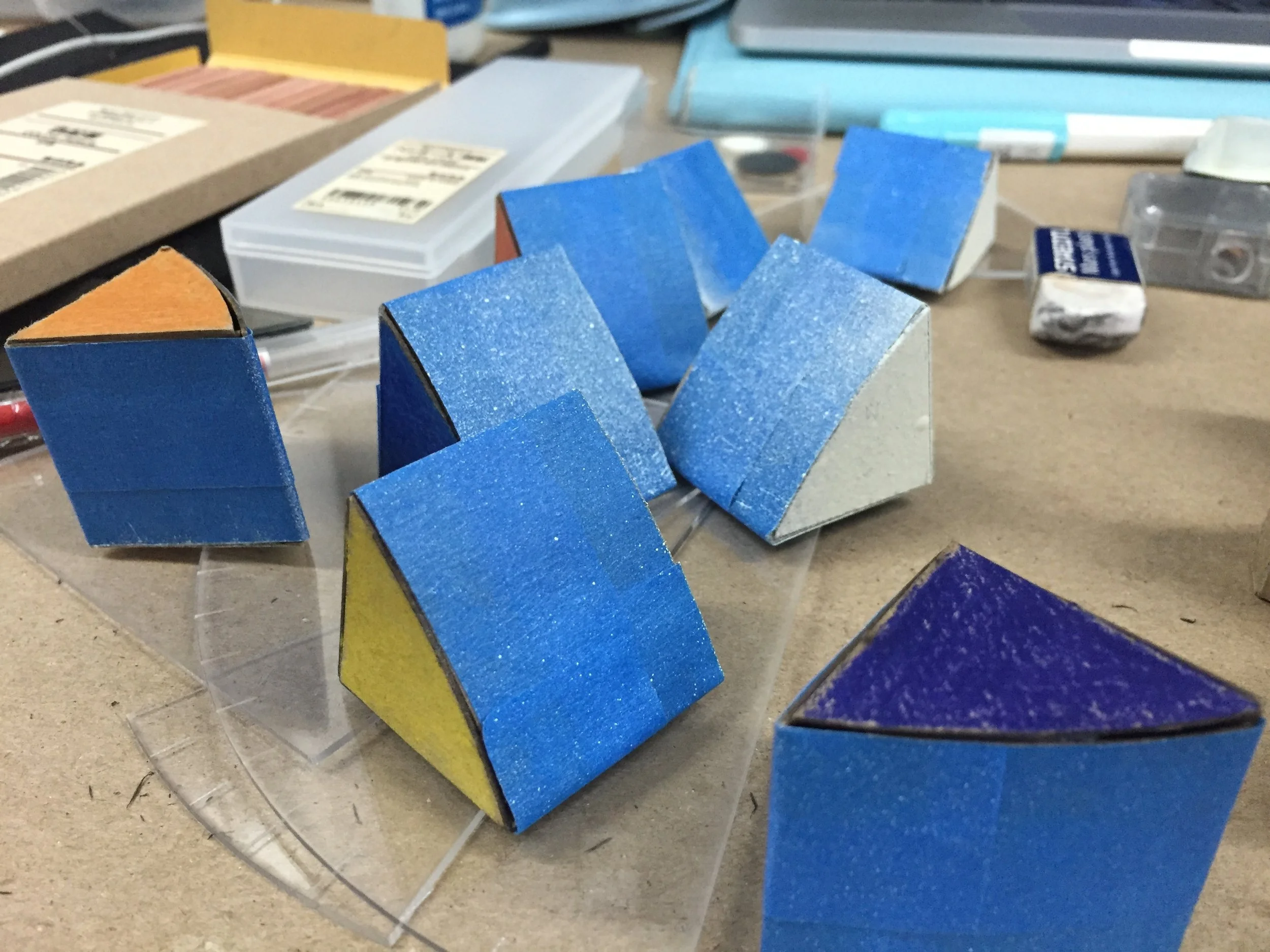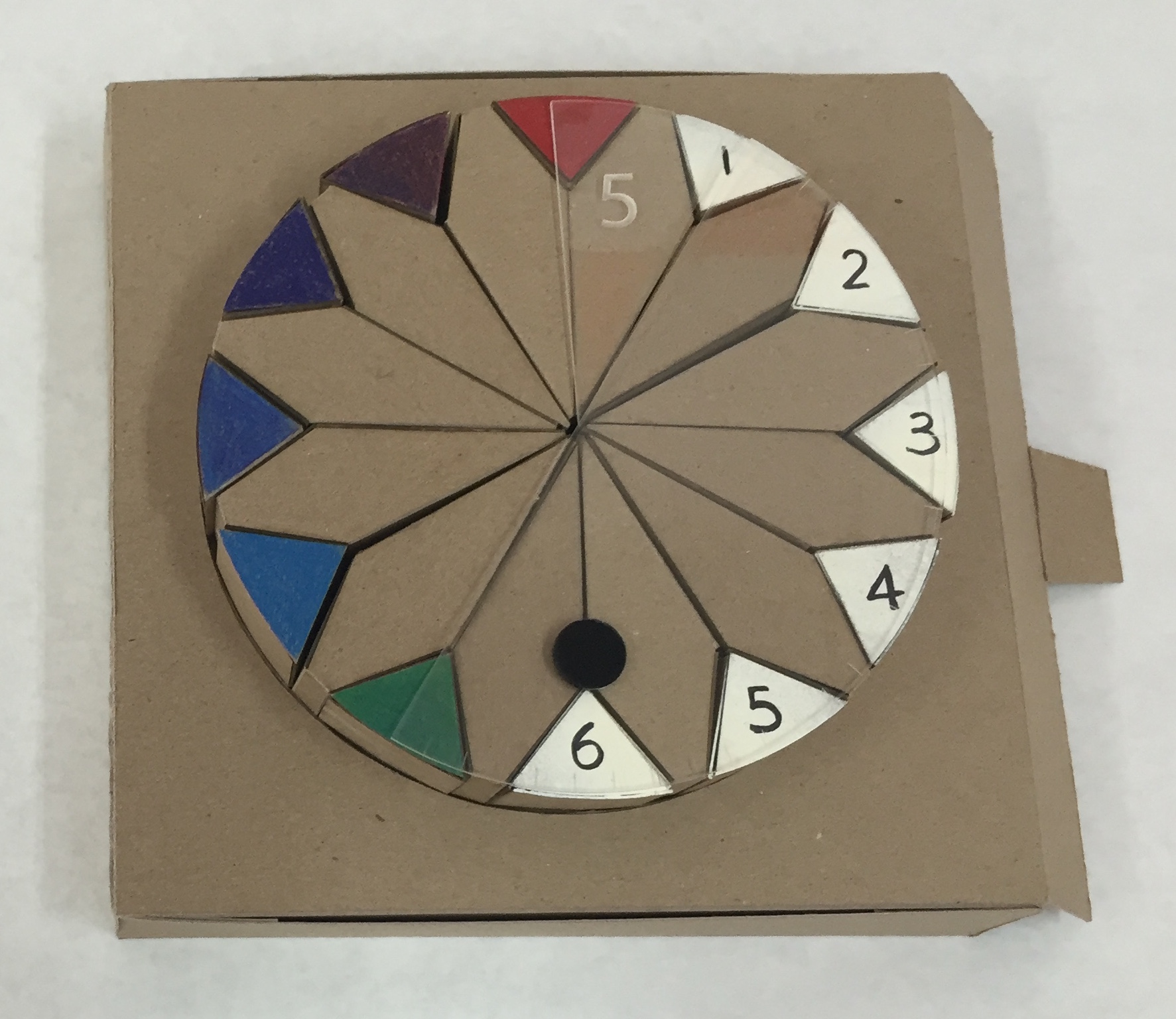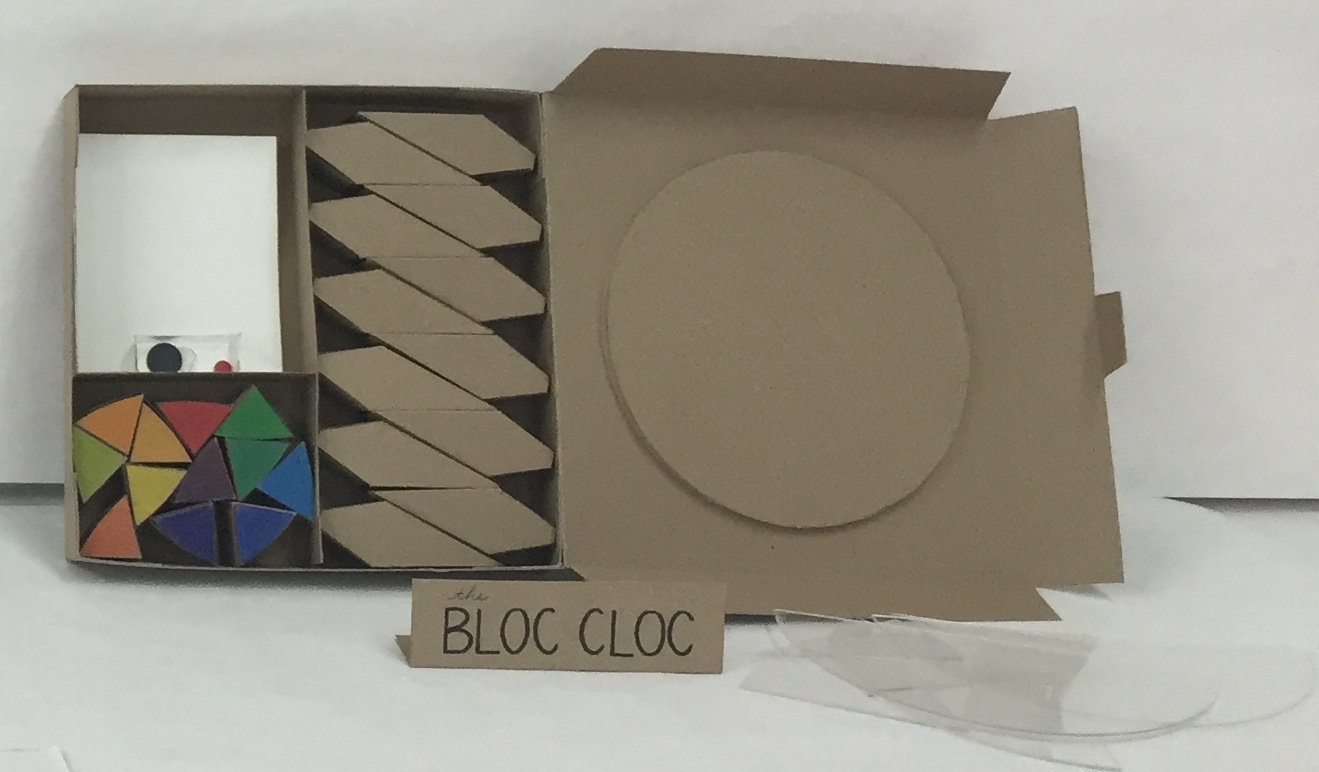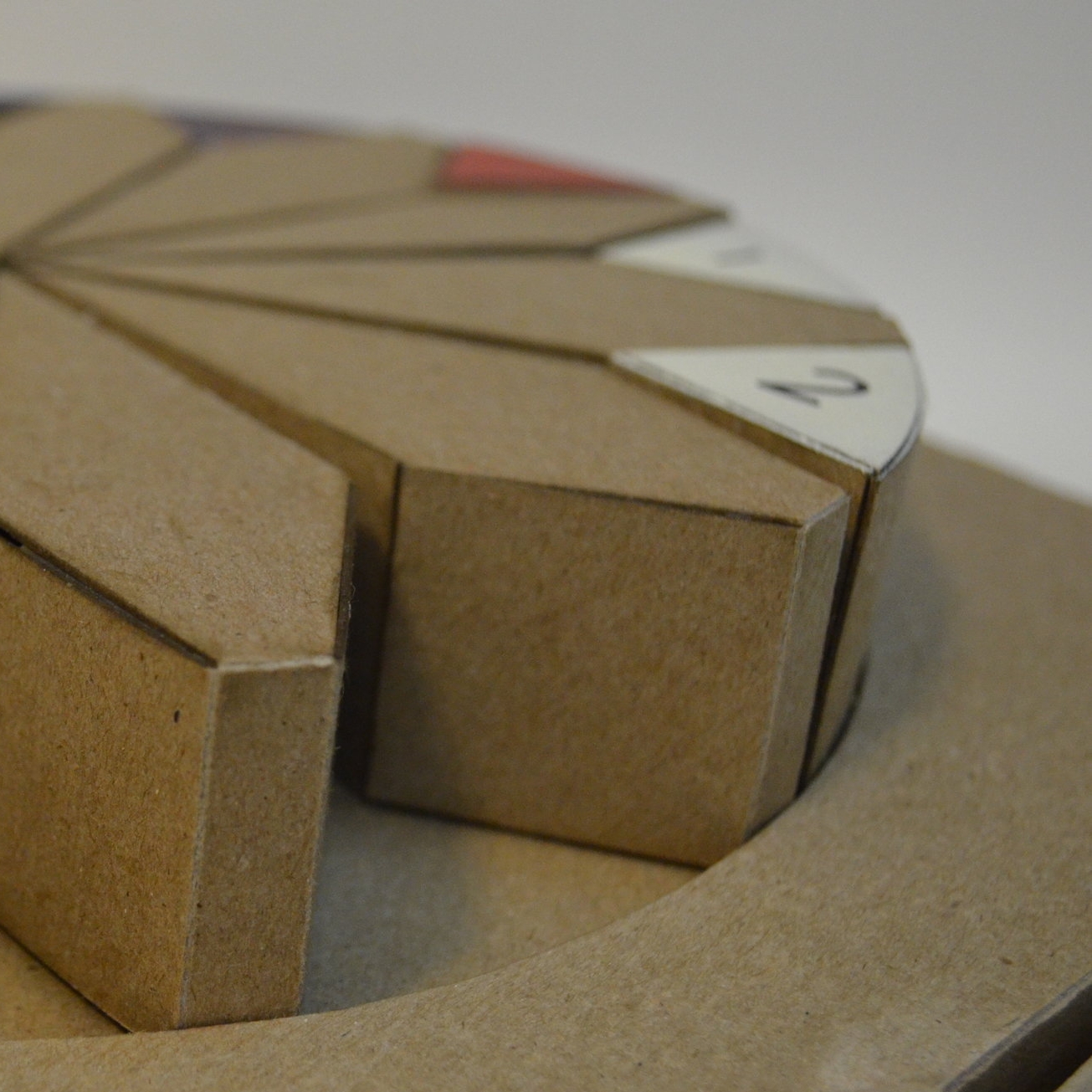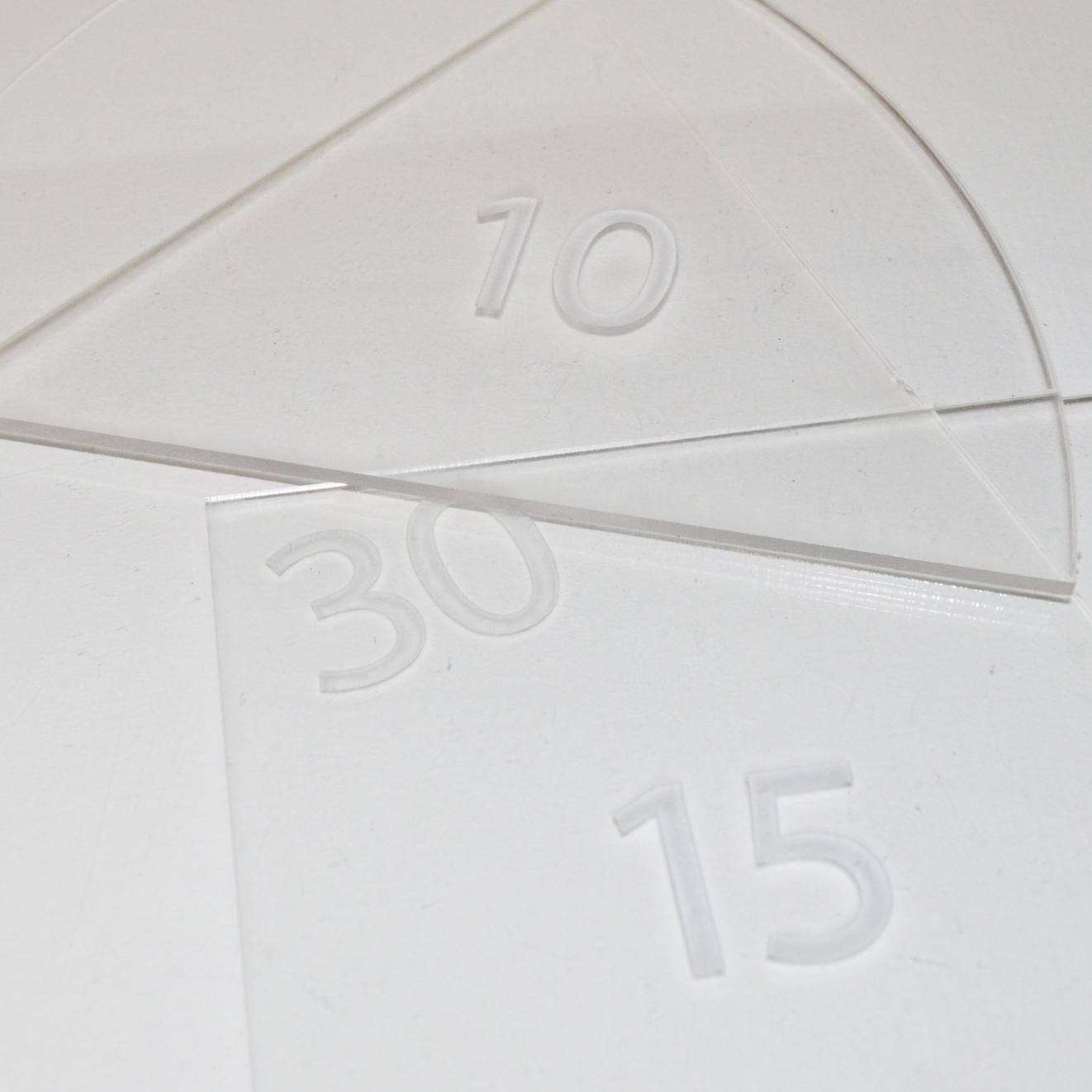BLOC CLOC
time series | 04. time toy
- A Pratt CE Industrial Design Project -
Problem
I was surprised to know there are even adults who cannot tell time in analogue.
Upon further research, I found out time-teaching tools tend to veer on memorisation
rather than something physical or spatial to help children learn time-telling.
Design Brief
I thus decided on making a more interactive toy.
This toy will help children understand time and numbers more spatially,
in turn, creating a learning experience that is more fun.
Target Audience
Children age 0-10, beginning motor-sensory stage
or well into primary school where they learn how to count.
PROBLEM RESEARCH
Current time-teaching tools, although colourful, are restrictive and more instructive than fun, asking children to memorise a clock's interface rather than showing the spatial and more common sense aspect of an analogue clock - rounding up and speaking in 5s, 10s, 15s, 30s, and 45s.
*photos are taken from Google
IDEATION
I started my sketches with the idea that time is deconstructable, expanding the concept to children’s modular block toys. Throughout the exploration, I focused on "duration" as the common use of time instead of an exact number. This further lead me to construct a representation of each element we use to indicate time:
- 12 single equal hours
- 1 hour = 6o minutes, or 5+10+15+30 minutes
FINAL CONCEPT
Through numerous ideations, I finalised the idea with a block clock, or BLOC CLOC. By presenting minutes as rounded-up durations, this toy will ease younger children into the spatial concept of time. They will thus understand better how much time has passed or is left.
CONSTRUCTION
I prototyped my product with cardboard, laser-cut from a foldout renderings of the blocks (Rhino 3D). I also laser-cut the minutes panels and hands using clear plastic.
FINAL PROTOTYPE
The set includes two types of minute panels. One with numbers for an easier start. The other with only single minute indications that imitates how a normal clock would have.
The red block indicates where we start to count time from.
The white face of the blocks shows numbers. When flipped over, they make a colour wheel. The parent or teacher can use this to test the children on the number order of an analogue clock.
HOW TO PLAY
Number or Colour learning stage. Modular blocks allow younger children to learn about colours and numbers before learning how to read time.
Stage 0. Constructing clock face - children also learn to fit things together.
Stage 1. Children learn the indication of hour and the spatial aspect of minutes with 5, 10, and 30 minutes panels.
Stage 2. Children advances to learn about the traditional second, minute and hour hands on a clock interface.
